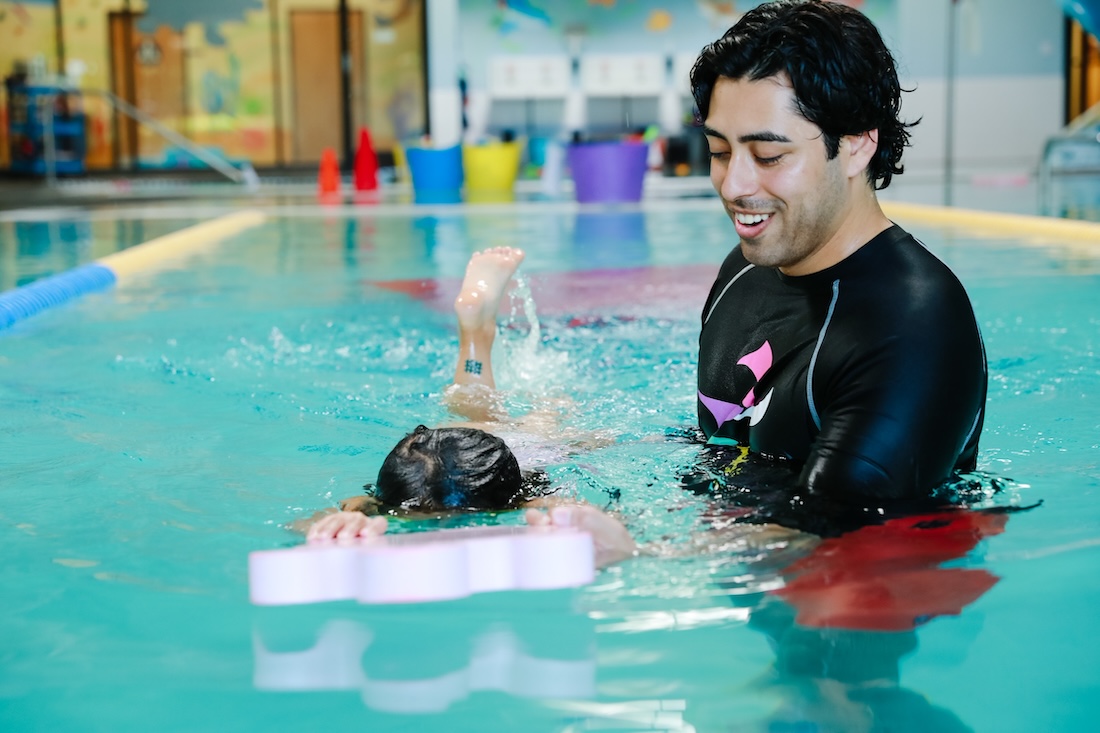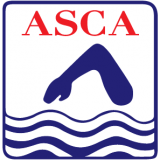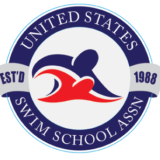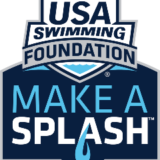
Learning to swim is an important life skill, but for many kids, the process can initially feel intimidating. Utilizing swimming aids and tools can make swimming lessons not only more effective but also safer and more fun for both children and instructors.
Here’s what to know about the types of swimming tools available, their benefits, and how they contribute to a safer learning atmosphere.
The Importance of Swimming Aids for Children
Swimming aids are tools designed to assist learners in developing their swimming skills while ensuring safety. These aids can range from flotation devices to specialized equipment that helps improve technique. They serve several critical functions:
Buoyancy
Swimming aids help beginners stay afloat, reducing the risk of drowning.
Confidence
Kids in a safe and supervised environment with trained instructors may still feel anxiety about sinking. With the support of these tools, they can put that fear to the side and focus on learning without fear.
Skill Development
Aids can help learners practice specific strokes and techniques more effectively.
Types of Swimming Tools and Their Benefits
Kickboards
Kickboards are flat, buoyant boards that swimmers hold onto with their hands while kicking their legs. They’re beneficial for leg strengthening, confidence building, and breathing practice.
Swim Noodles
Swim noodles are versatile foam tubes that can be used in various ways to support swimmers. They help with flotation support and flexibility and are also used in games and exercises.
Swim Vests
Swim vests are buoyant jackets that provide overall support to the swimmer’s body. They offer more comprehensive, correct and safer support compared to arm bands, keeping the torso buoyant. They are often adjustable. Ensure that your swim vest is US Coast Guard approved.
Goggles and Swim Caps
While not flotation devices, goggles, and swim caps are essential aids that contribute to safety and comfort. They protect the eyes from chlorine and improve underwater visibility while also keeping hair out of the face, allowing greater visibility of exit strategies if needed.
Flotation Belts and Buoyancy Aids
For experienced and older swimmers, these aids provide additional buoyancy around the waist or back, which can provide support when learning different swim strokes. They’re also adaptable and can be adjusted as the swimmer progresses. These devices should only be used in the presence of a trained water professional or water-safe adult.
How Swimming Tools Enhance Safety for Instructors
Swimming instructors play an essential role in ensuring the safety and progress of their students. Swimming aids can help instructors in several ways:
- Reduced Physical Strain
Supporting multiple beginners in the water can be physically demanding. Swimming aids like kickboards, noodles, and flotation belts help distribute the effort, allowing instructors to focus on teaching techniques and monitoring safety without becoming fatigued.
2. Enhanced Supervision
With the support of swimming aids, instructors can more effectively supervise multiple children. Flotation devices keep children buoyant, reducing the risk of accidents and allowing instructors to maintain a clear line of sight on all students.
3. Efficient Skill Development
Swimming aids facilitate focused practice on specific skills. For example, kickboards enable kids to concentrate on leg movements, while flotation belts help them perfect their arm strokes. This targeted practice helps children progress more quickly, reducing the time they spend as high-risk beginners.
4. Emergency Preparedness
Swimming aids can be crucial in emergency situations. If a child begins to struggle, flotation devices can provide immediate support, giving instructors valuable time to intervene and assist the child safely.
Best Practices for Using Swimming Aids
While swimming aids offer numerous benefits, it’s important to use them correctly to ensure they’re as safe and effective as possible. Here’s what to consider when using swimming aids.
Proper Fit and Condition
Ensure all swimming aids are appropriately sized for the child and in good condition. Damaged or ill-fitting aids can be ineffective or even dangerous.
Supervision
Never rely solely on swimming aids for safety. Constant supervision by a qualified instructor or lifeguard is essential.
Gradual Reduction
As young swimmers become more confident and skilled, they gradually reduce their reliance on aids to help them develop independent swimming abilities.
Variety
Use a variety of aids to address different aspects of swimming. This comprehensive approach helps children develop a well-rounded skill set.
Safety Drills
Regularly practice safety drills, including how to respond if an aid fails or a child encounters difficulty. This preparation helps ensure quick, effective responses in emergencies.
Swimming Aids Make Lessons Safer
Swimming aids and tools play a vital role in making swimming lessons safer and more effective for both children and instructors.
For instructors, they offer valuable support, allowing them to focus on teaching and ensuring the safety of all participants. When used correctly and in combination with vigilant supervision, swimming aids can transform the learning experience, helping children develop essential life skills while staying safe in the water.
Swimming Lessons at America’s Kids In Motion
If you’re looking for fun, safe, and efficient swimming lessons in the Fresno County area, reach out to America’s Kids In Motion to learn about lesson schedules at our Clovis, CA, location.
We offer swimming lessons, sports, education, and social activities all under one roof! Contact us to learn more.




